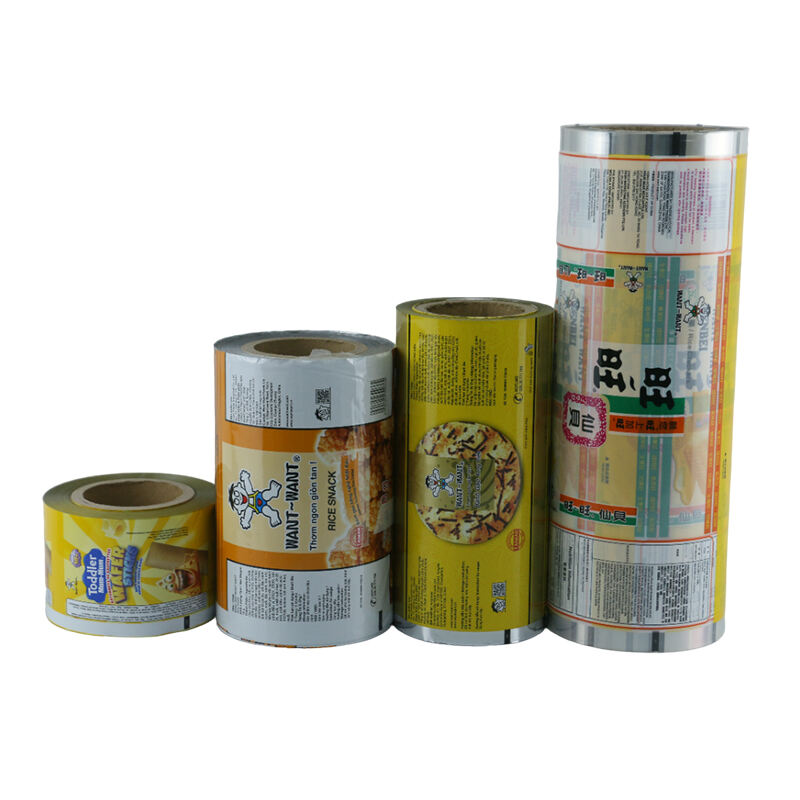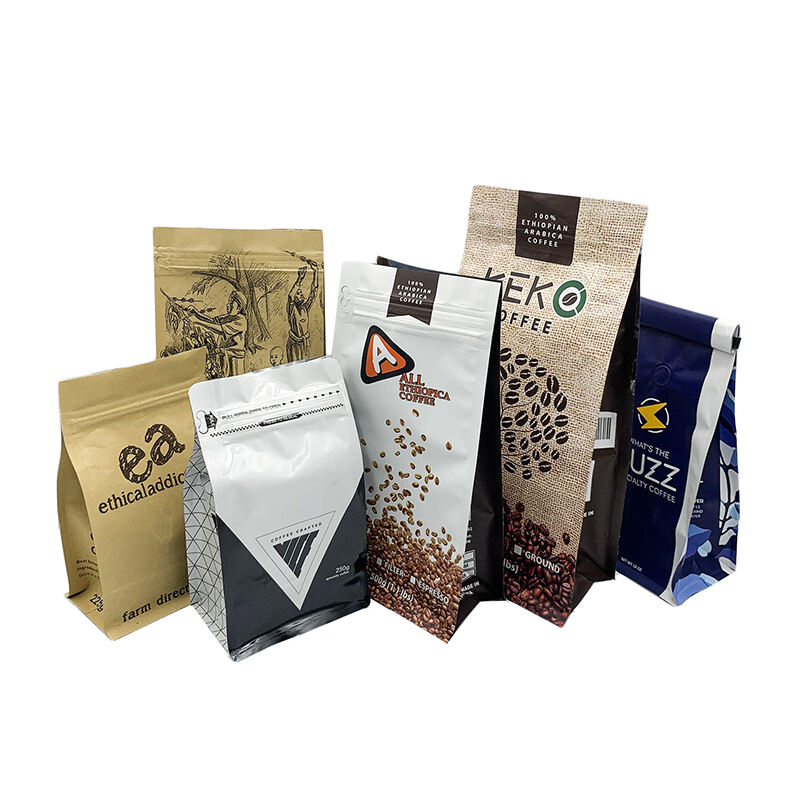types of flexible packaging
Various materials and forms of packaging are referred to as flexible packaging, and cover a wide range of needs to serve the preferred markets. For instance, film products such as plastic films, pouches and bags are mostly made out of compounds like polyethylene, polypropyleneand aluminum foils. These packing methods can sew as protection for products against moisture and oxygen as well as from physical damage; they also extend shelf life. Technical characteristics of these package include barrier properties, resealability and, in some cases, the ability for product to cook inside the bag. These things reduce the cost of using packaging materials and lead to more flexible design choices for engineers. As a result, flexible packaging has a variety of applications in many sectors from food and beverage to pharmaceuticals or personal care products and once again allows for product operation.

